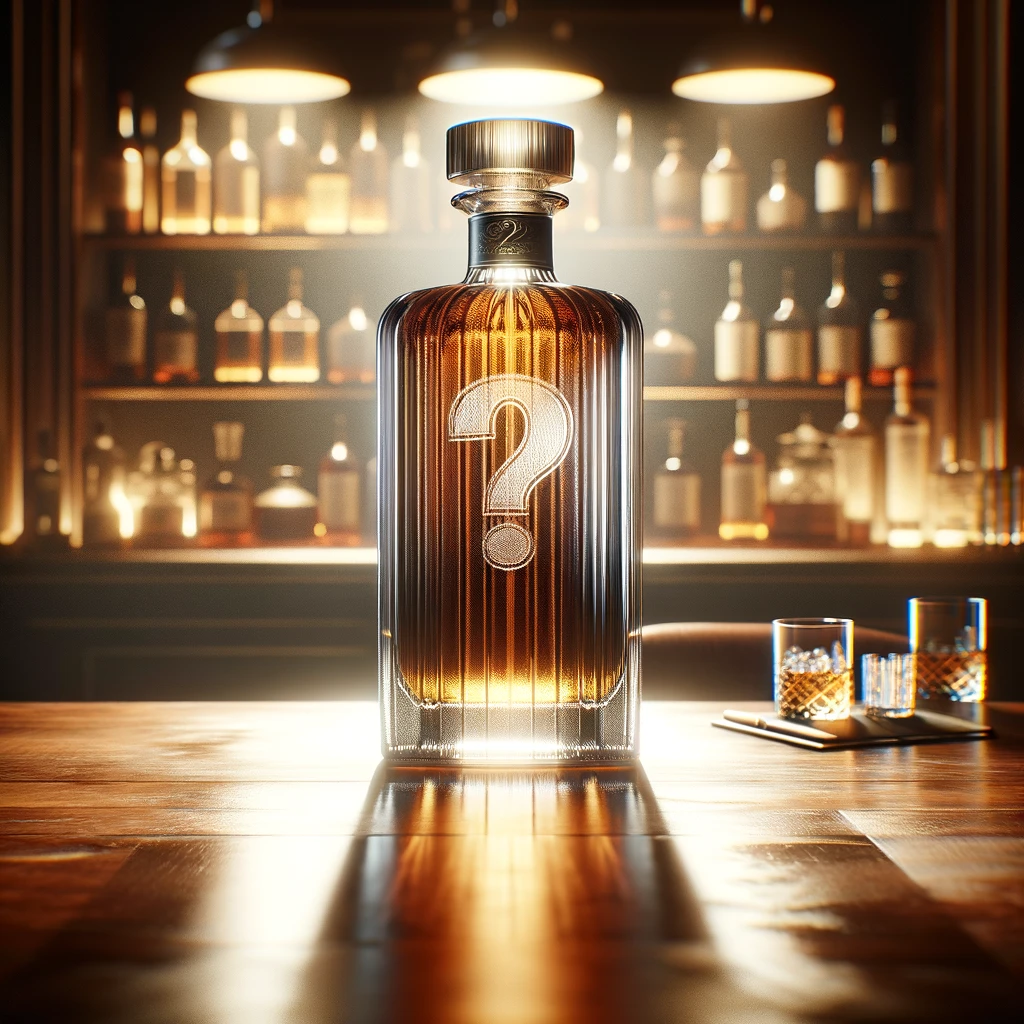Bottle Speculating in the World of American Whiskey

In the early 2000s, I read an article claiming that wine was outperforming the stock market for a niche group of bottle collectors. At the time, investing in wine was a fringe investment strategy. Fast forward to today, and it has become an accepted and proven “alternative investment.” Now, there is a growing trend of investing in whiskey. Though most contemporary commentary on whiskey investment focuses on Scotch; American whiskey isn’t far behind Scotch in the market for global whiskey share.
From a conservation standpoint, whiskey is a much safer investment than wine. Wine must be stored under controlled conditions to prevent spoilage, while whiskey will more or less keep indefinitely in a sealed bottle without any change in flavor under a much wider range of conditions.
Bourbon, in particular, dominates when it comes to American whiskey styles. In the 1990s, bourbon manufacturers began efforts to educate consumers about bourbon’s rich heritage, culminating in the opening of the Bourbon Trail. This helped solidify bourbon as a “cultural product,” much like fine Napa Valley wines, giving it broader connoisseur appeal.
Today, nearly every state has its bourbon clubs, and connoisseurs and collectors are everywhere. “Bottle hunting” has become a phenomenon where collectors search for rare “allocated” bottles and limited releases. Allocated whiskeys are labels with broad appeal and more demand than supply, resulting in rationed and strategically allocated releases. For instance, a liquor store might receive only two cases of a given product and put up a couple of bottles for sale at a time. Savvy liquor stores use these allocations to drive business, as collectors who arrive too late may still purchase other items rather than leave empty-handed. Hardcore collectors travel to remote liquor stores, hoping to find unsavvy business owners who put their allocations on the shelf at the suggested retail price without fully grasping the value of the product.
Many coveted allocated brands are owned by large conglomerates that negotiate with distributors to allocate in a manner that rewards retailers for selling large amounts of the conglomerate’s principal consumer brand. For example, allocations of Bookers are based on Jim Beam sales since Bookers is owned by Beam Suntory. The more Jim Beam a retailer sells, the more Bookers they can buy for resale.
Julian Van Winkle III, founder of the Rip Van Winkle and Pappy Van Winkle labels, sourced his product rather than distilling it himself. He was notoriously picky, using only the best barrels and limiting his youngest product to 10 years old. This focus on quality naturally limited the amount of product available, creating a cult brand with high demand and limited supply. While quality and age might create a natural limit on supply, there is certainly strategic value in limiting production and or availability as well. Scarcity, afterall, is a proven psychological motivator when it comes to enhancing desirability.
This strategy has allowed large spirit companies with multiple labels to use the super-premium label to reward retailers for selling the mass-market consumer-friendly brand.
But collectors and prospectors should keep in mind that most allocated whiskeys started as widely available and reasonably priced products that became allocated as market demand outgrew supply. Not long ago, Old Rip and Pappy could be bought on shelves for less than a hundred dollars. Today, many once-common bottles are now allocated and expensive. The irony is that we are in a craft distilling renaissance, yet many collectors focus on dated products ultimately produced by the same stills and warehouses making mass-market whiskies. The time to add Pappy to a collection was in the nineties when it cost $79. It’s good but not 2k good. Fortunately, today there is an opportunity to speculate on craft distilleries that will grow in demand.
Guidelines for Picking Whiskies from Craft Distilleries
- Quality: Look for great-tasting whiskey. The appeal of vintage and allocated bottles lies in their rarity and taste. Vintage bottles might appraise in value for their antique value, but their price will soar if the liquid has a reputation for excellence. Notable spirit competitions, such as the San Francisco International Spirit Awards and the Ascot Awards, can help identify labels and brands producing excellent products. Craft distilleries winning these awards demonstrate a commitment to quality, which can enhance their collectability.
- Capitalization and Positioning: Capitalization and market positioning are crucial for a brand’s long-term impact, reach, and scale in reputation. Look at the property, buildings, stills, and scalability of operations to gauge whether a distillery can grow its reputation nationally or internationally. Distilleries well-positioned to expand or be acquired by conglomerates are more likely to produce valuable collectable bottles based on enhanced brand awareness.
- Limited Editions and Single Barrels: Single barrels are desirable due to their precise age statements, unique flavor profiles, and natural exclusivity. Unlike homogeneous batches, single barrels represent carefully picked exceptional barrels. Small batches and limited editions are also something to watch for.
- Age: While whiskey can be over-aged, it generally improves with time in the barrel. The sweet spot for bourbon flavor is around five or six years, and it usually gets better after that. Many craft distilleries are now releasing mature bourbons. Look for small batches and single barrels aged seven to nine years from stellar craft distilleries. Additionally, older releases of sourced whiskies, like those aged 10 years or more, can be particularly valuable.
Conclusion
Drink what you like! However, if you’re a collector, you’re behind if you’re paying premium prices for allocated whiskies from large-scale commercial distilleries. The craft distillery renaissance offers new gems, and some of these labels will become the unicorns of the next decade. Take advantage now while you still can!

